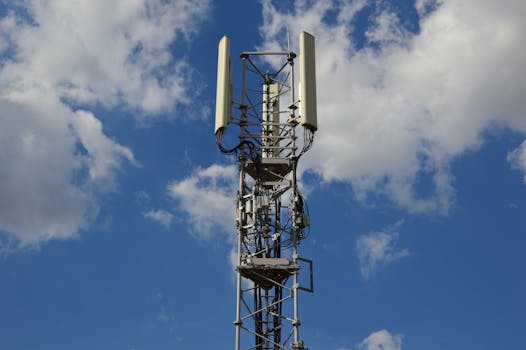
GEO Satellites: Understanding the Technology and Applications of Geostationary Earth Orbit Satellites
GEO satellites, or geostationary earth orbit satellites, are a type of satellite that orbits the Earth at an altitude of approximately 36,000 kilometers, allowing them to remain stationary relative to a fixed point on the Earth’s surface. This unique characteristic makes GEO satellites ideal for a variety of applications, including telecommunications, weather forecasting, and Earth observation. In this article, we will delve into the technology and applications of GEO satellites, exploring their history, design, and uses.
History of GEO Satellites
The concept of GEO satellites was first proposed by science fiction writer Arthur C. Clarke in 1945, and the first GEO satellite, Syncom 2, was launched in 1963. Since then, numerous GEO satellites have been launched, with many countries and organizations operating their own fleets of satellites. The development of GEO satellites has been driven by advances in technology, including improvements in rocket launch capabilities, satellite design, and materials science.
Design and Technology of GEO Satellites
GEO satellites are designed to operate in the harsh environment of space, where they are exposed to extreme temperatures, radiation, and other forms of interference. To mitigate these effects, GEO satellites are typically equipped with robust radiation shielding, thermal control systems, and redundant power supplies. The satellites are also designed to be highly reliable, with many systems and components duplicated or triplicated to ensure continued operation in the event of a failure.
GEO satellites typically consist of several key components, including a payload, a bus, and a propulsion system. The payload is the satellite’s functional component, and may include transponders, antennas, and other equipment necessary for the satellite’s intended application. The bus provides the structural and mechanical support for the payload, and houses the satellite’s power, communication, and control systems. The propulsion system is used to maintain the satellite’s orbit and perform any necessary maneuvers.
Applications of GEO Satellites
GEO satellites have a wide range of applications, including telecommunications, weather forecasting, and Earth observation. In telecommunications, GEO satellites are used to provide television broadcasting, internet connectivity, and other communication services. They are also used for navigation, including the provision of location information and timing signals. In weather forecasting, GEO satellites are used to monitor cloud patterns, track storms, and predict weather patterns. In Earth observation, GEO satellites are used to monitor the health of crops, track deforestation, and detect natural disasters such as earthquakes and hurricanes.
GEO satellites are also used for military and defense applications, including surveillance, communication, and navigation. They are also used for scientific research, including the study of the Earth’s atmosphere, oceans, and land surfaces. In addition, GEO satellites are used for commercial applications, including the provision of satellite-based services such as remote sensing and satellite imaging.
Benefits and Challenges of GEO Satellites
GEO satellites offer many benefits, including global coverage, high reliability, and flexibility. They can provide services to remote or underserved areas, and can be used to support disaster relief and recovery efforts. However, GEO satellites also pose several challenges, including the risk of collisions with other satellites or space debris, the potential for signal interference, and the need for frequent orbit maintenance.
In conclusion, GEO satellites are a vital part of modern telecommunications and play a critical role in a wide range of applications. Their unique characteristics, including their geostationary orbit and high reliability, make them ideal for providing services such as television broadcasting, internet connectivity, and weather forecasting. As technology continues to evolve, it is likely that GEO satellites will remain an essential component of our global communication and observation systems.




